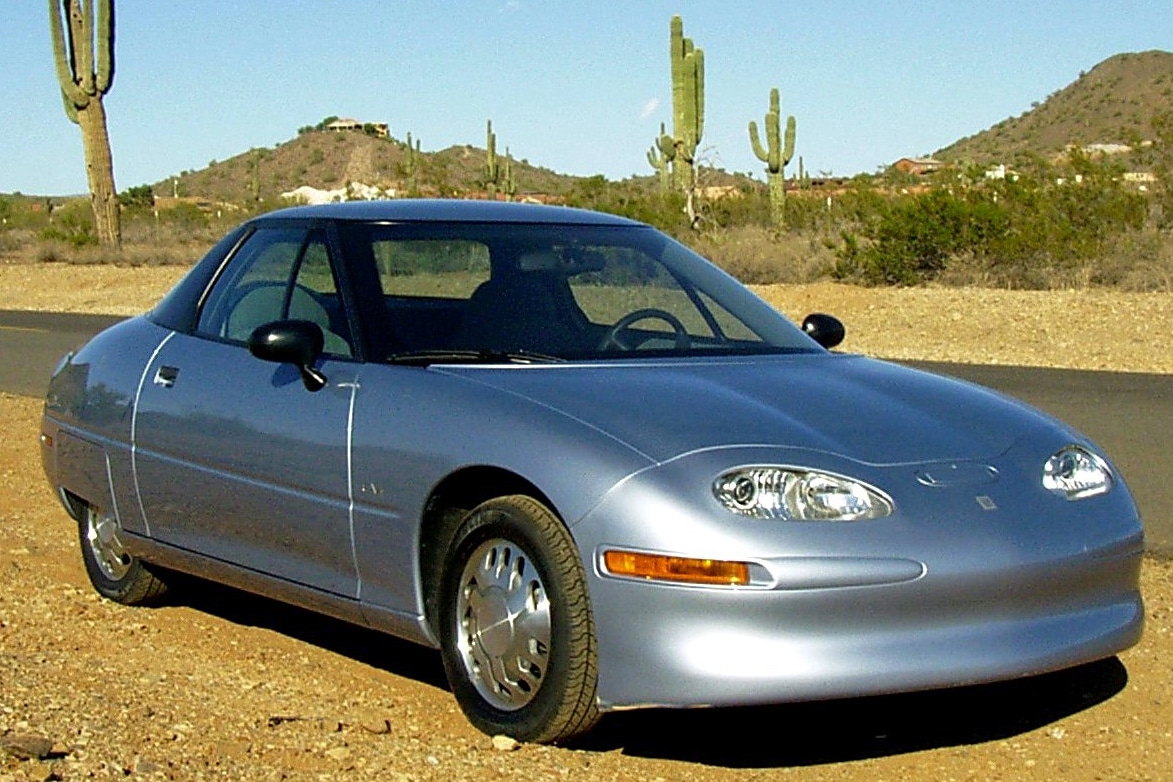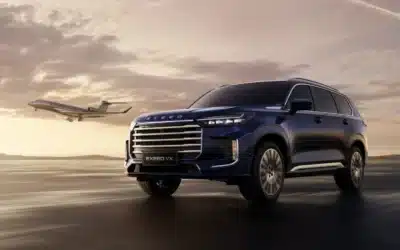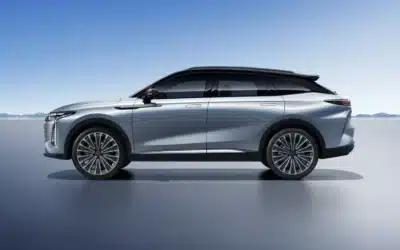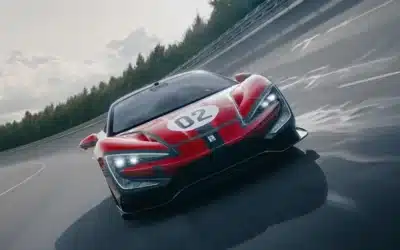The first mass-production electric vehicle, the GM EV1, was launched in 1996. It was considered at the time to be a technological marvel but it was very expensive and there was no charging infrastructure. Unsurprisingly it was a commercial flop.
How different things are today. EV sales have surged and new pure electric car manufacturers are global forces eclipsing the valuations – and sales figures – of legacy motor manufacturers. Companies like Tesla, BYD, Nio, Polestar, Genesis and others have developed with the same acceleration and torque as the cars they make.
Indeed the IEA (International Energy Agency) forecasts that electric vehicles will account for 18% of global car sales in 2023, a 35% year-on-year increase from 2022.
While the take-up in UAE is still relatively low with a projected 2% of car sales this year, the UAE government has set a target of having 25% of all new cars sold in the country be electric by 2030. The introduction of the BYD ATTO 3 has been very successful and is emblematic of the increasing demand for pure electric cars in the UAE.

Los Angeles is famous for its huge traffic jams. A $9bn fund aims to reduce pollution by stimulating take-up of EVs.
California is leading by example
As with many other ground-breaking technologies, California has led the way with EVs.
Governor Gavin Newsom recently declared that California has surpassed 1.5 million “Zero Emissions Vehicles” (ZEV) sales, achieving this milestone two years earlier than initially predicted.
Having spent $2 billion out of its substantial $9 billion ZEV fund, the state has been propelling its inhabitants towards cleaner transportation alternatives.
Demonstrating robust growth in the area, 21% of the new cars sold in California this year have been ZEVs, contributing to a staggering 40% of the total ZEV sales across the United States.
“There is not another state in the nation that is making the strides we are toward a green and zero emissions future,” Governor Newsom proudly declared. He further added, “California is establishing a high benchmark for climate action – thanks to unprecedented investments made in collaboration with the Legislature, we are accomplishing our goals years ahead of schedule. Our world-leading plan to eradicate tailpipe emissions is making considerable headway, ensuring we pass on a cleaner, healthier planet to our future generations.”
California’s inspiring success in ZEV adoption continues to serve as a model for other states, encouraging them to adopt similar green initiatives. In the wider US, President Biden has introduced new federal emissions standards, which effectively mandate that by 2030, half of all cars sold in the country must be ZEVs.

The GM EV1 was the first mass-produced electric car. Ultimately doomed to be a commercial failure, it paved the way for future efforts. Photo by RightBrainPhotography (Rick Rowen) from Wikipedia.
China is the largest EV market
Let’s not forget China! It’s a massive automotive market and the government is very determined to drive the transition away from the internal combustion engine.
By 2025, China aims for EVs to account for 20% of all new car sales, and by 2035, it wants EVs to make up 50% of new car sales.
China is the world’s largest market for EVs selling over 3.5 million EVs in 2021 – that was more than half of global EV sales that year.
A one way street
The rise in popularity of EVs has been stimulated by high levels of government support, subsidies and investment. This has worked, so far. But indications are that there may be a plateauing of EV sales in the coming years as the early adopters will all have purchased their EVs.
So the carrot has been successful. Now for the stick.
Bans on new petrol and diesel car sales are due to come in across the world over the next 15 years.
The first country to impose a ban will be Norway in 2025. More than 90% of new cars sold in the first half of 2023 were plug-in electric vehicles, so this target should be delivered.
Many other countries will impose bans from 2030. These include the Netherlands, UK, Denmark, France, and Ireland. Other countries such as Italy and Germany have pushed the dates back to 2035. California has also opted for the 2035 date.
There’s no date specified currently for UAE, although it is likely that a timeline for the eventual phase out of petrol and diesel cars will be announced sometime soon.











